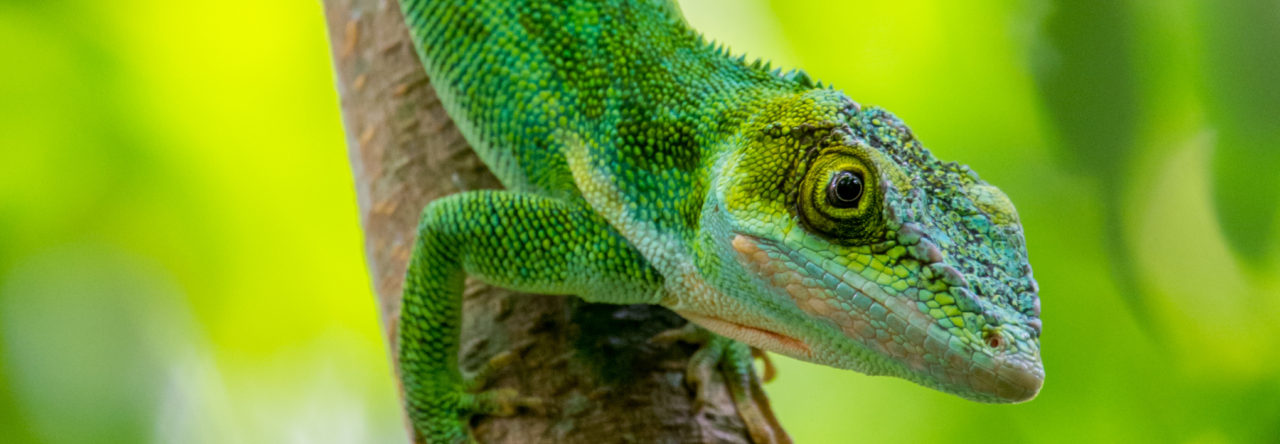Over at strange behaviors, Richard Conniff has posted an interesting memorial list:
The list sets out to honor naturalists who have lost their lives in the field or during other natural history pursuits. A lot of sad stories behind the names here, but a lot of epic ones too. I would bet that a great many of these fallen naturalists died doing what they loved best.
One of the names on the list is Ken Miyata, a young anole biologist who passed away in 1983. Ken was a student of Ernest Williams at Harvard’s Museum of Comparative Zoology in the late 70s (Ph.D. 1980), and he conducted fantastic work on anoles and other reptiles and amphibians, primarily in Ecuador. Although many of us probably know him for the mark he made on tropical herpetology during his brief career, Ken was much better known as a world-class fly fisherman, and it was that passion that ultimately killed him (see a brief retrospective here; see also these recent mentions of Ken by his old friends Jerry Coyne and Greg Mayer on the blog Why Evolution is True).
A name that’s missing from this wall is Preston Webster, another seminal anole biologist who died too young in a 1975 car crash. You can suggest additions to Conniff’s list in the comments of that blog, and he’ll add them. Does anyone who knew Webster want to put a few words on this site? I know very little about the man, but if there aren’t any takers, I’ll try to add him in a couple of days. I believe Webster was in the Dakotas when he died, and I don’t know if he was engaged in any ‘naturalist’s pursuits’ at the time (certainly not on anoles!). But this probably doesn’t matter – there are other great biologists on the list who died early in unrelated accidents.
There are several other herpetologists mentioned. Are there any other anole biologists missing from the list?







